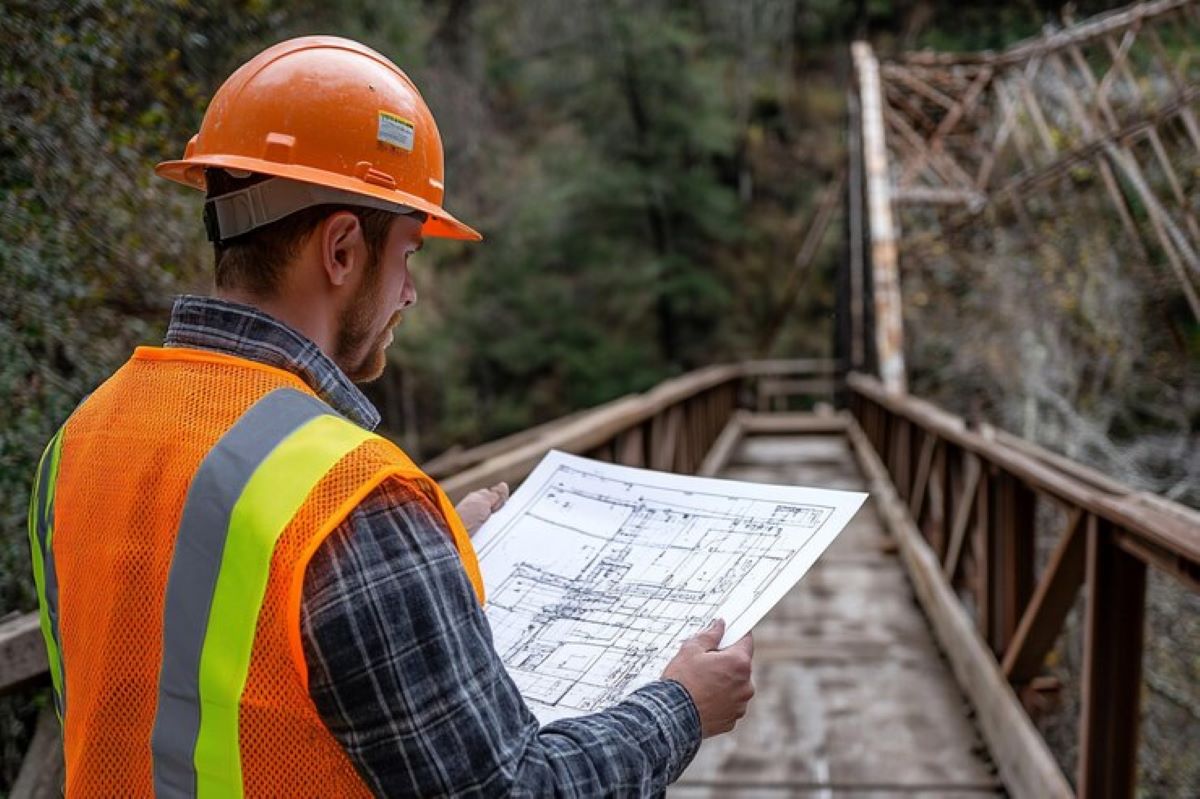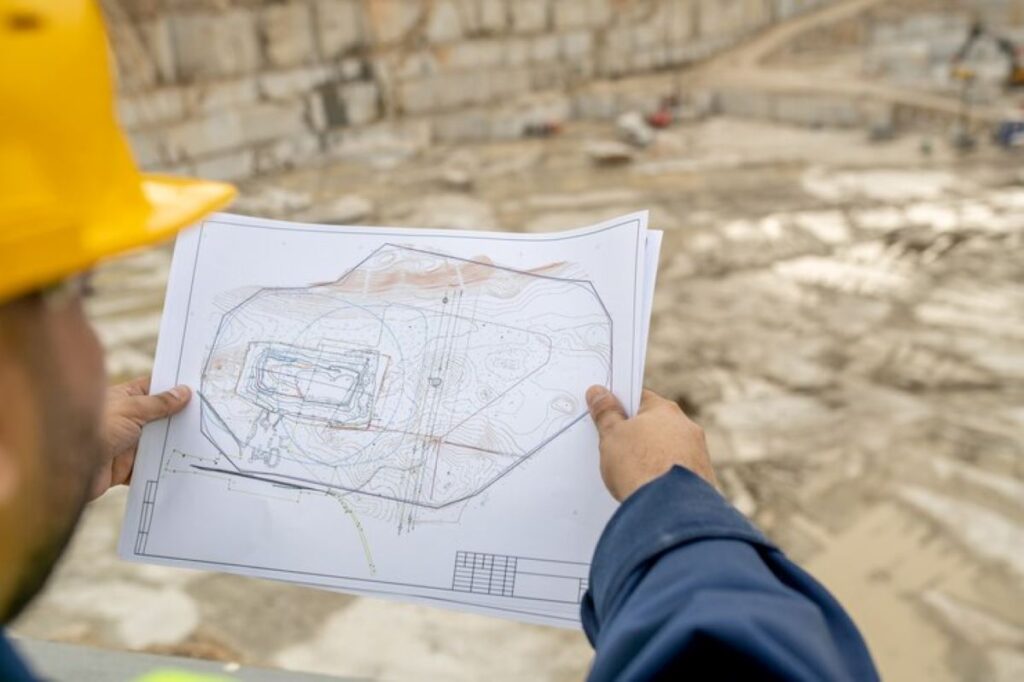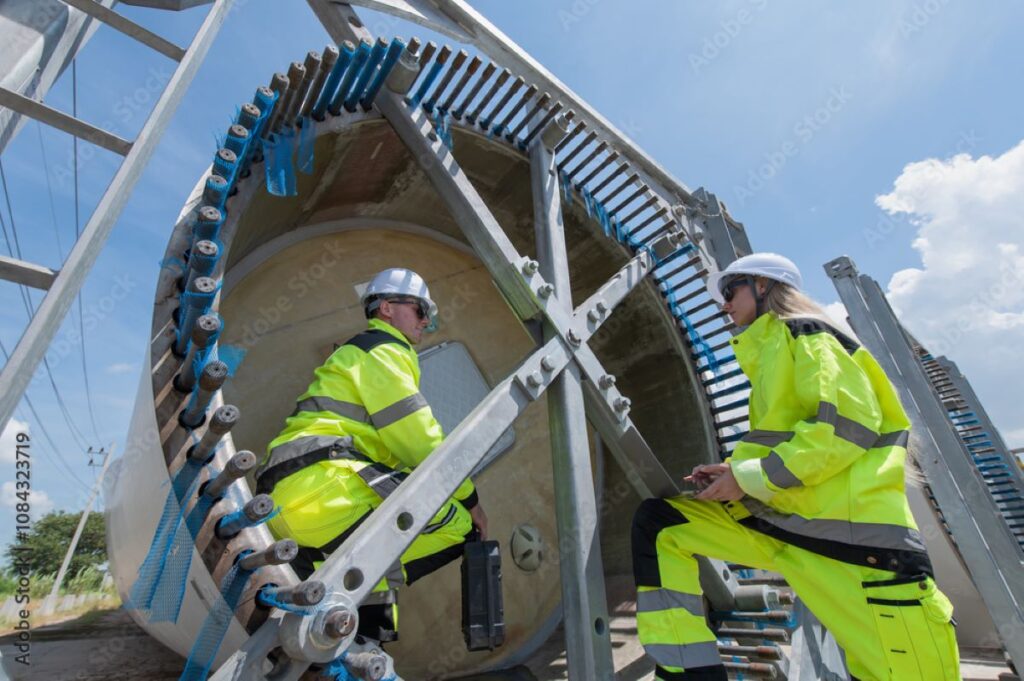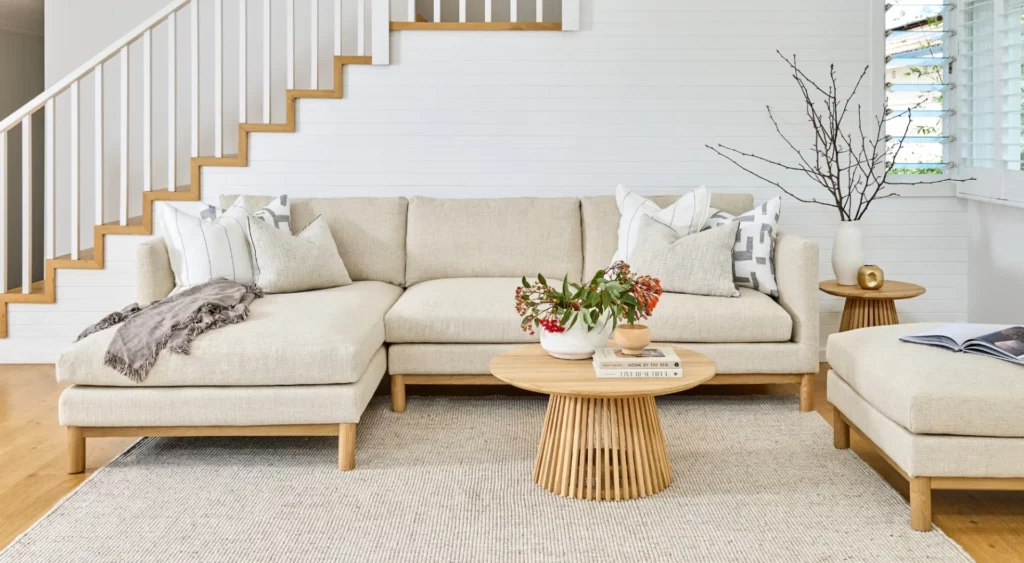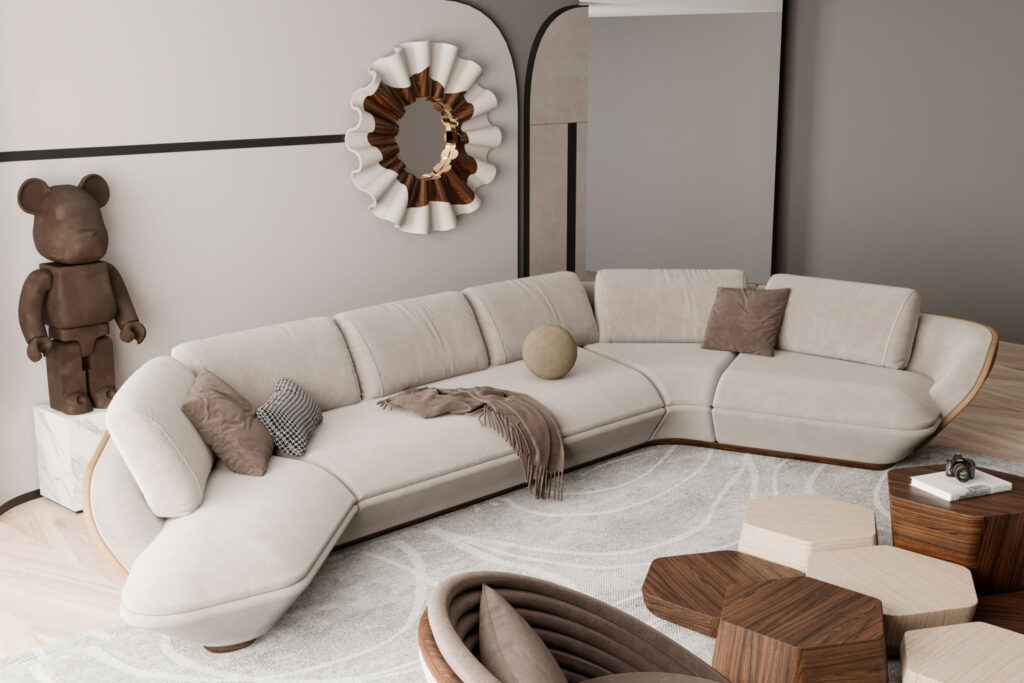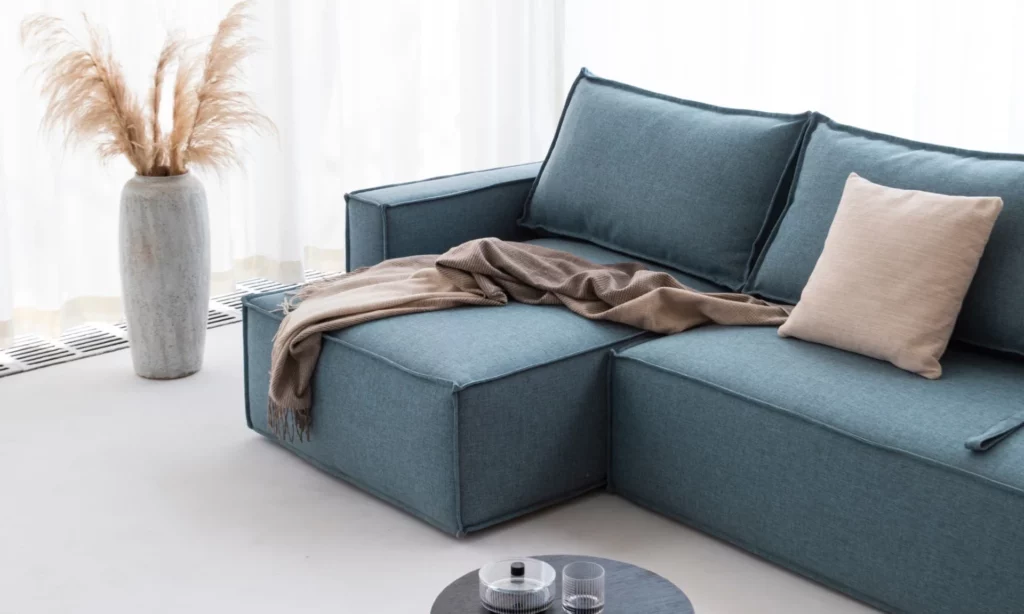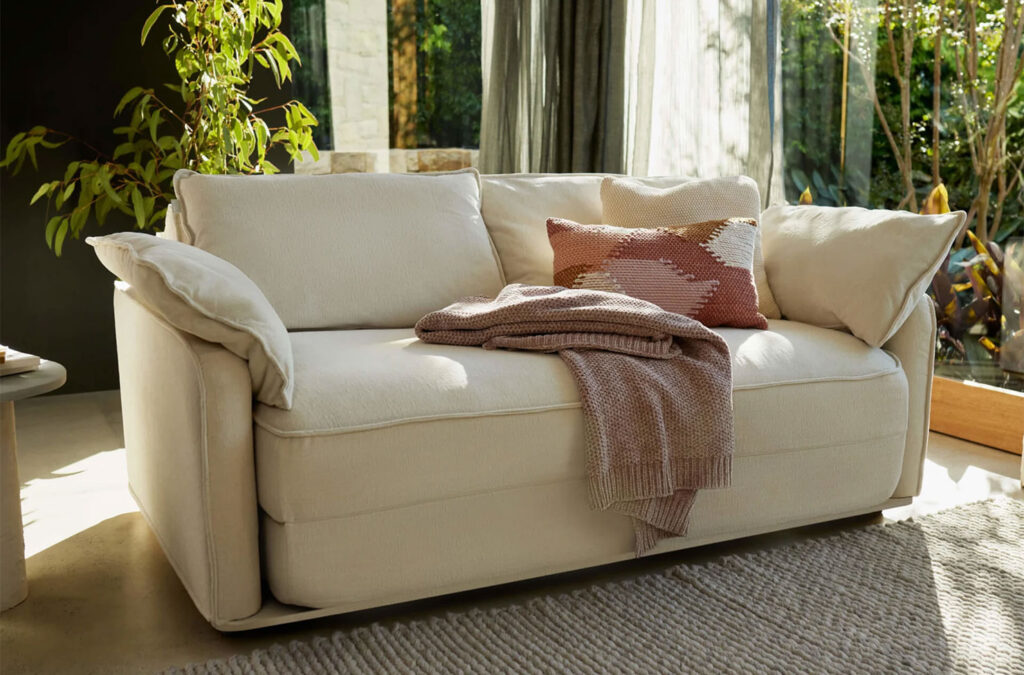When faced with an uprooted tree or stubborn roots, the challenge of removal can seem daunting. Traditional methods often involve back-breaking labour and hours of digging. However, modern technology offers a solution that can save time and effort: the tree root removal machine. In this article, we will delve into the concept of these machines, their benefits, cost-effectiveness, safety, and whether they are the right choice for your needs.
Understanding the concept of a tree root removal machine
A tree root removal machine is a powerful tool designed to eliminate tree stumps and roots with efficiency and ease. Unlike manual methods that require extensive physical effort, these machines automate the process, making it quicker and more effective.
These machines come in various types, from small, handheld devices to larger, more powerful models. They use sharp blades or grinding mechanisms to break down the roots, allowing for a cleaner and faster removal process.
The basics of tree root removal machines
At their core, tree root removal machines are built to specifically tackle the challenges posed by tree stumps and roots. They feature cutting-edge technology that efficiently grinds down the root structure and stump, often below ground level, rendering the area ready for replanting or landscaping.
Most models are equipped with various functionalities, such as adjustable cutting heights and varying blade sizes, catering to different stump sizes and root systems. Understanding these basics will help you choose the right machine for your needs.
Key features of a tree root removal machine
When considering a tree root removal machine, it is essential to look for key features that enhance usability and efficiency. Among these features are:
- Powerful engine capacity for effective grinding
- Safety mechanisms to protect the user
- Ease of manoeuvrability, including wheels or tracks
- Adjustable grinding depth for various root systems
These features contribute to making the removal process faster and less labour-intensive, allowing you to reclaim your space in no time.
The time-saving benefits of using a tree root removal machine
Time is often of the essence when it comes to landscaping and gardening. Tree root removal machines inherently offer significant time-saving advantages that traditional manual methods cannot match.
With a machine, what would otherwise take hours of physical labour can often be completed in mere minutes. The ability to grind multiple stumps quickly allows for a more productive use of your time, especially if you have several trees to remove.
Speeding up the tree removal process
Thanks to their efficiency, tree root removal machines dramatically speed up the entire tree removal process. As mentioned earlier, tasks that might take a whole day can now be accomplished in just a few short hours.
Furthermore, many machines are designed for ease of use, meaning even those without extensive experience can operate them effectively. This results in less downtime, enabling you to move on to other landscaping tasks sooner.
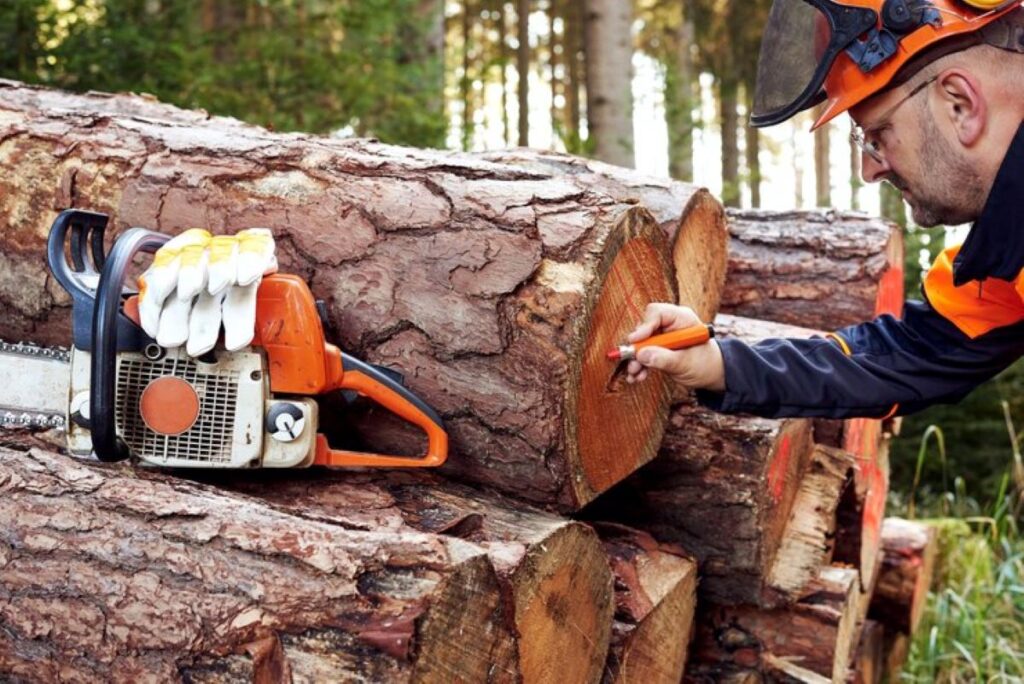
Reducing manual labour and effort
One of the most significant advantages of using a tree root removal machine is the reduction of manual labour involved. Instead of spending days digging and physically removing stubborn roots, a machine handles the heavy lifting for you.
This not only saves time but also reduces physical strain on your body, making the process accessible for a broader range of users, including those who may struggle with traditional removal methods.
The cost-effectiveness of tree root removal machines
While the initial investment in a tree root removal machine may seem high, it is vital to consider the long-term savings they can provide. They often prove to be a cost-effective option over time.
By investing in this equipment, you can avoid future costs associated with hiring professionals for tree removal. Instead, you can tackle these projects yourself, adding considerable value to your property without breaking the bank.
Initial investment versus long-term savings
Understanding the financial implications of purchasing a tree root removal machine can be crucial in your decision-making process. The upfront cost is undeniably a factor, but it is essential to assess it against the savings of not hiring professionals.
Moreover, if you often require tree root removal, investing in a machine can pay for itself after just a few uses. Owning the equipment means you can take on projects whenever the need arises, without the anxiety of additional costs.
Comparing costs: Manual removal versus machine removal
When comparing the costs of manual removal versus machine removal, the latter often emerges as the more economical option. Manual methods may appear cheaper initially, but the time and effort involved can quickly add up. Consider the hidden costs of labour, road accidents, or even potential injuries.
In contrast, using a machine can save you both time and physical stress, reducing the overall costs involved in the tree removal process. The convenience and efficiency they offer make them a worthy investment.
Safety considerations when using a tree root removal machine
As with any equipment, safety is paramount when operating a tree root removal machine. Understanding and implementing safety protocols can prevent accidents and injuries, ensuring that the process runs smoothly.
These machines are often equipped with various safety features designed to protect the operator and those nearby. It is vital to familiarise yourself with these features before you begin using the machinery.
Essential safety features of tree root removal machines
Many modern tree root removal machines come with built-in safety features designed to ensure safe operation. Features such as emergency shut-off switches, protective guards, and robust safety harnesses are common.
Additionally, many machines have protective covering over the cutting blades, minimising the risk of accidents. Understanding and utilising these safety features is crucial for any operator.

Safe operation guidelines for tree root removal machines
To guarantee a safe experience while using a tree root removal machine, adhere to the following guidelines:
- Always wear appropriate safety gear, including goggles and gloves.
- Familiarise yourself with the machine’s manual before operation.
- Ensure the area is clear of obstacles and bystanders.
- Never operate the machine in wet or slippery conditions.
By following these guidelines, you can ensure a safe and efficient tree root removal process.
Making the decision: Is a tree root removal machine right for you?
Now that we’ve explored the benefits, costs, and safety guidelines associated with tree root removal machines, the critical question remains: is investing in one the right choice for you?
It’s essential to evaluate your specific needs and circumstances before making a decision. Consider how often you require root removal, the scale of your projects, and whether you are prepared for the initial investment.
Assessing your tree root removal needs
Understanding the extent of your tree root removal needs is crucial. If you frequently find yourself dealing with tree stumps, investing in a machine will likely save you time and effort in the long run. On the other hand, if you rarely need such work done, hiring a professional for occasional jobs may be the more economical option.
Weighing up the pros and cons of a tree root removal machine
As with any significant purchase, weighing the pros and cons is vital. On the plus side, a tree root removal machine provides speed, reduces labour, and allows for cost savings over time. However, the initial investment and maintenance must also be taken into account.
By carefully considering these aspects, you can make an informed choice that best suits your needs, ensuring that your landscaping projects become more manageable and less time-consuming.
Ultimately, a tree root removal machine can be a game-changer for both professional landscapers and avid home gardeners alike. Embrace the technology, and reclaim your outdoor space with ease!













